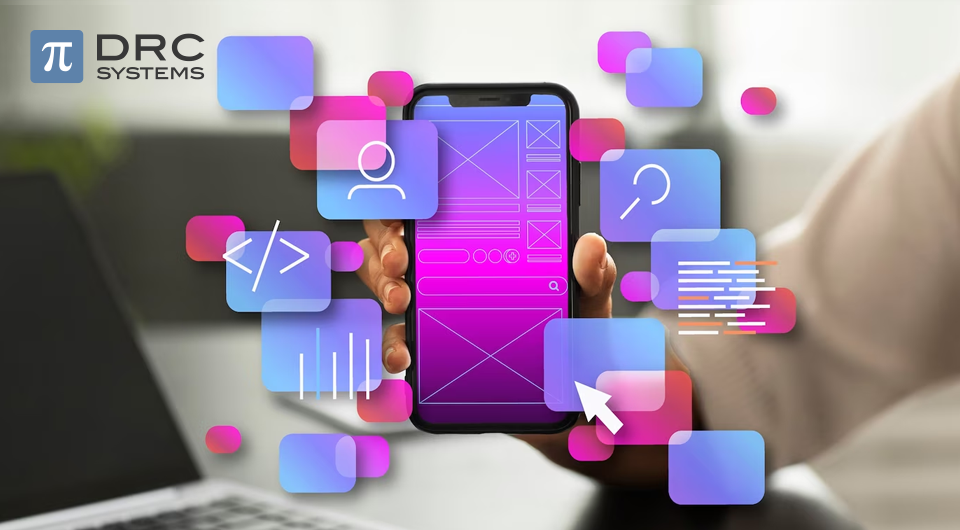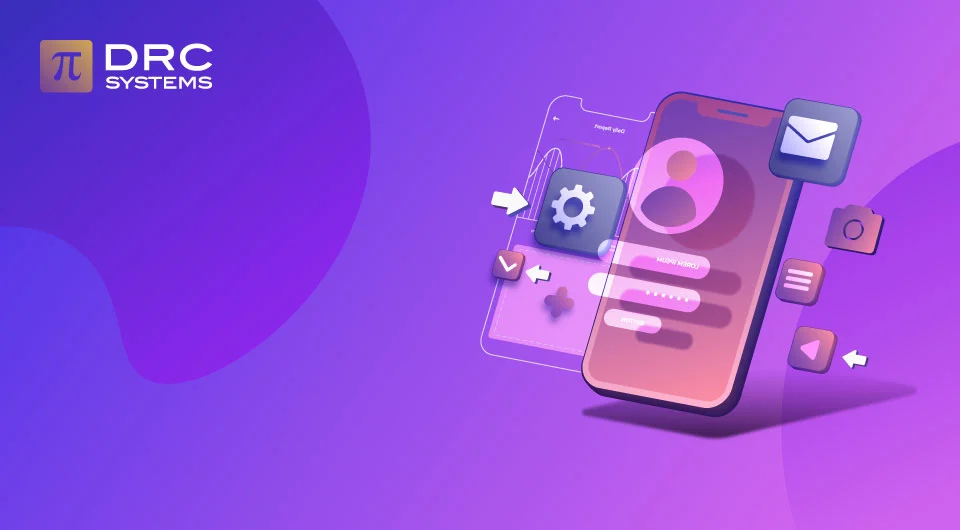Related Articles
Pros and Cons of the Internet of Things (IoT)
Various sectors, including healthcare, automotive, finance, manufacturing, and transportation, are benefiting from IoT. Explore its advantages and disadvantages in detail.
Read The PostCheck out the best AI apps for Android in 2023: Top AI Apps
Discover the top 10 AI apps that can enhance your productivity and improve both your personal and professional life.
Read The PostWhy Choose the Flutter Framework for Enterprise App Development?
Flutter, developed by Google, is a highly preferred cross-platform framework offering a powerful UI toolkit for enterprises.
Read The Post


